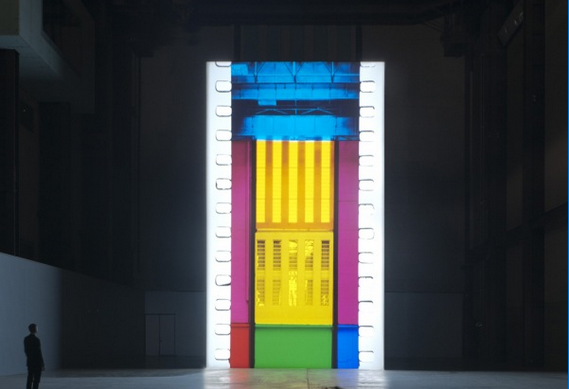
‘I know it is invevitible progress, and I’m invested in the digital world as much as the next person. This is not my point: cinema made with film and shown as film is very different from cinema made and shown digitally. Within art this is mostly understood, because the world of art has appreciated medium specificity since before the Renaissance: Giotto’s mural is a fresco, conceived, made and seen differently from an oil painting by Leonardo da Vinci; we understand that an etching is not a watercolour and a drawing, not a relief; they are made differently and the experience of seeing them and handling them is different. They might share the same content, the same images and even be copies of one another, but they are not the same. However, they are still pictures. But for some reason there is a cultural blindness towards the difference between film and digital: a blindness with an underbelly of commercial intent that is invested in seeing one replace by the other so the difference can be quickly forgotten. Both film and digital are pictures, perhaps copies of one another, but they are not the same thing – one is light on emulsion and one is light made by pixel, and they are also conceived, made and seen differently’ (Dean, 2011: 16)
Dean, T. 2011. Film. In Cullinan, N. (ed.) Tacita Dean: Film. London: Tate Publishing. 15-48

